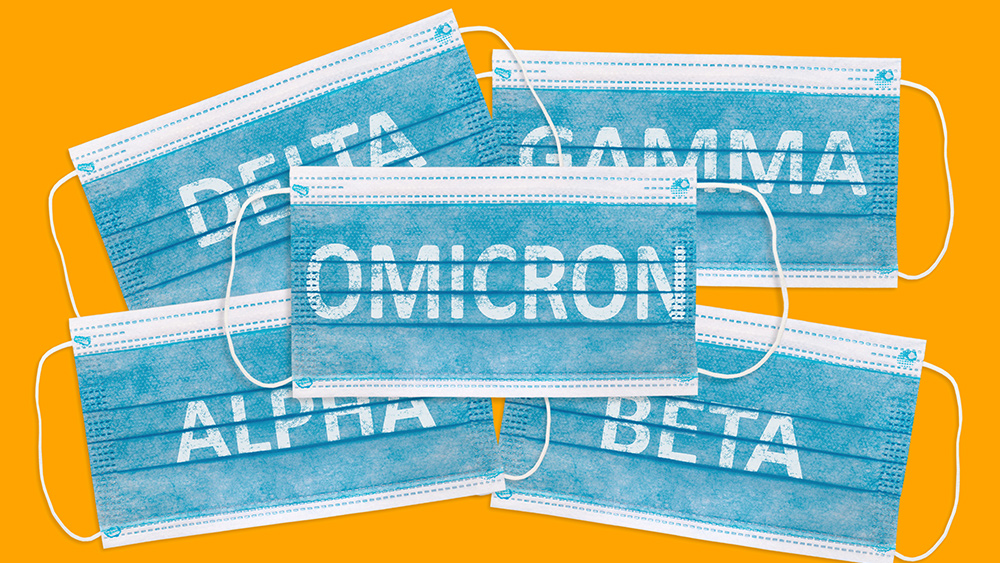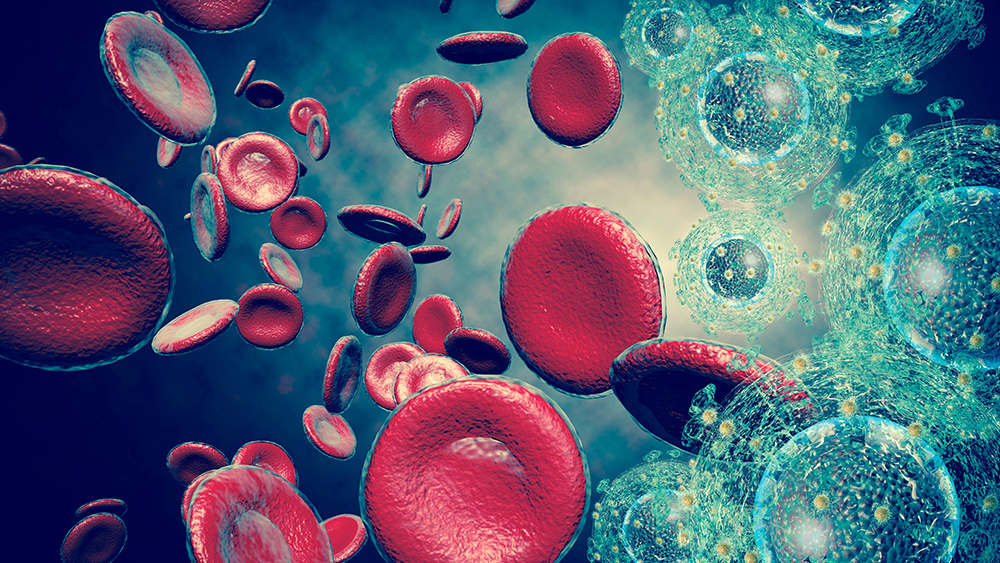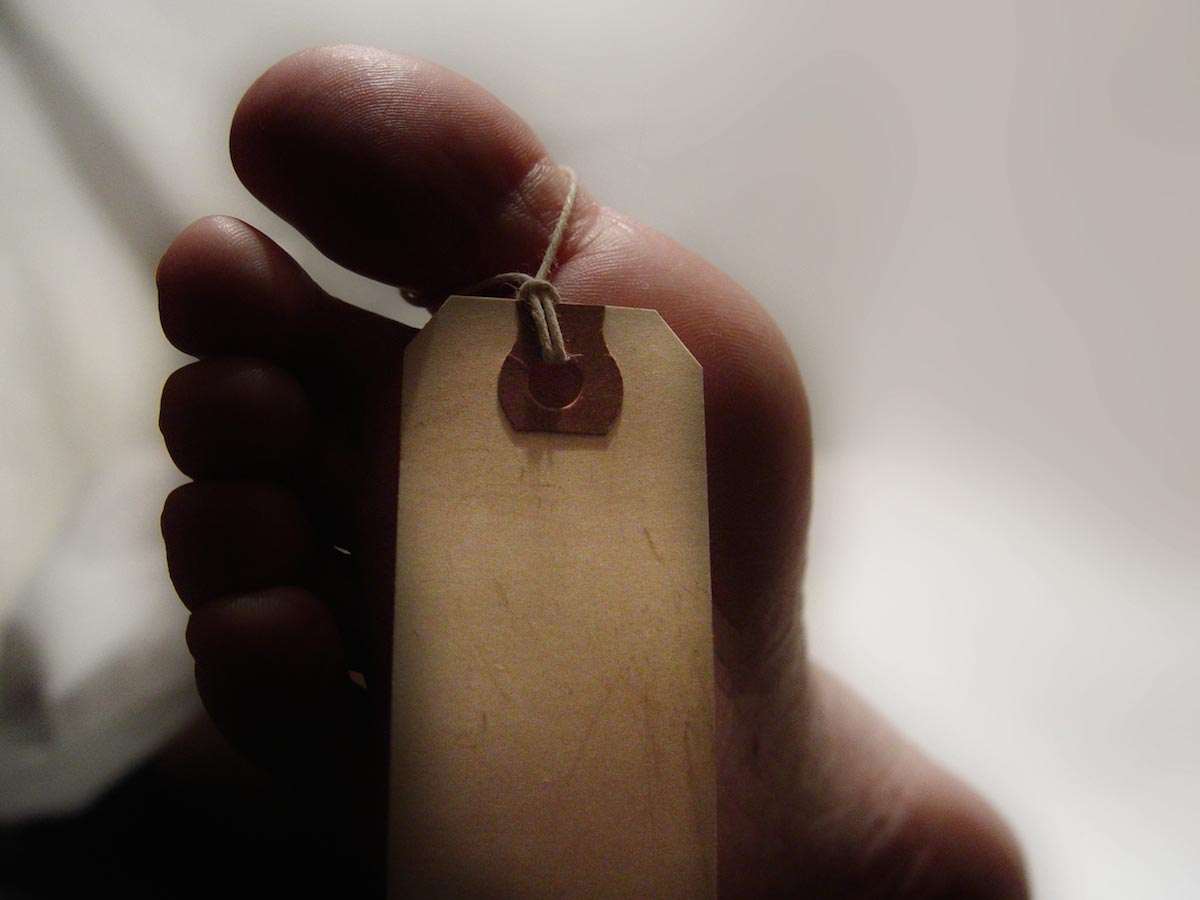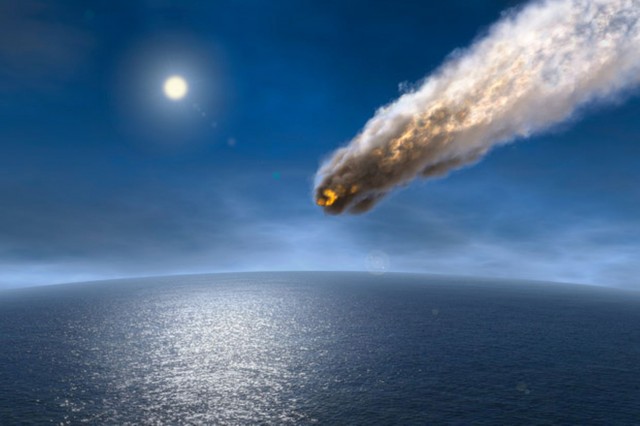Scientists are learning more about how comets are formed
03/28/2018 / By Frances Bloomfield

Humans have known about comets for many years, but our greater understanding of them has only been a recent development. For instance, it has long been believed that comets formed when the planets came to be, billions of years ago. But new research shows that this is not necessarily true of all comets.
Just look at the 67P/Churyumov-Gerasimenko, an oddly-shaped, double-lobed comet most famous for being the destination of the Rosetta mission. Also known as 67P, this comet is highly unique in that its bizarre shape may be the result of two comets merging. Not only is this indicative of its younger age (meaning that it was not created during the birth of the Solar System, like most other comets), but being a fusion points to 67P arising from a relatively gentle union between comets.
How this came about is what an international team of researchers sought to answer. They ran numerical simulations that showed what would happen if celestial bodies of varying sizes collided at different angles and speeds. The simulations, which were conducted at the Mésocentre Sigamm at the Observatoire de la Côte d’Azur in Nice, France, revealed that comets crashing into one another at speeds of 2,200 mph would not result in the destruction of both comets. Instead, only a small amount of it would disintegrate into dust. (Related: Asteroid strike near New York City would kill 2.5 million people, reveals physics simulation based on NASA data.)
The portions of the comet opposite from the impact would withstand the collision. This is thanks largely to their content of volatile substances. Although these pieces are still flung off into space, their low speeds eventually allow them to come together in accretion, which is the formation of celestial bodies through the gravitational collection of materials. As more materials are gathered and clumped, a single, larger body is forged. According to ScienceDaily.com, the entire process can take as little as several days, or even no more than a few hours.
Surprisingly, the researchers believe that this process is totally feasible at impact speeds of one km/s; a speed expected from a comet whose origins are in the Kuiper belt. Inter-comet collisions occur on a regular basis, meaning that 67P may have come into being at any point in time.
This presents another exciting opportunity for scientists. The process outlined above requires a smaller amount of heat and compaction. As such, the materials that formed the original comets’ components are mostly intact, untouched, and unchanged from the beginning of the Solar System. Examining 67P and other comets similar to it would then give us a glimpse into our planetary cluster’s origins.
Fast facts on 67P
- The first observations of 67P were made in 1969 by Soviet astronomers Klim Ivanovych Churyumov and Svetlana Ivanovna Gerasimenko.
- Though originally from a region in space close to Neptune, 67P is considered a Jupiter-family comet due to Jupiter controlling its orbit.
- As a short-period comet, the orbit period of 67P takes less than two decades.
- There are several reasons why 67P was chosen for the Rosetta mission. It was observed making numerous orbits around the sun; it followed orbital paths close to the ecliptic plane, or the imaginary plane of the Earth’s orbit around the sun; and it coincided with the Rosetta mission timeline.
Visit Space.news to read up on more studies or news articles about space and space exploration.
Sources include:
Submit a correction >>
Tagged Under:
67P/Churyumov-Gerasimenko, celestial bodies, collisions, comet 67P, comet formation, comets, discoveries, Inter-comet collisions, Kuiper Belt, Rosetta mission, science, solar system, space exploration, space science
This article may contain statements that reflect the opinion of the author





















